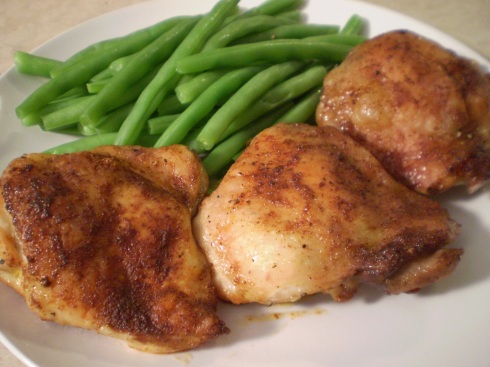Palachinke are Serbian style crepes. They can be served plain or as a dessert wtih fruit or jam filling, a sprinking of brown sugar and cinnamon, toasted crushed walnuts, nutella, etc… or they can be made into savory crepes by filling with vegetables, cheese or even meat. Enjoy!
The following recipe is from Lillian.
- 1/2 tablespoon canola oil (more later for the frying pan)
- 1 egg
- pinch of sea salt
- pinch of white sugar (optional)
- all purpose flour, as required
- water, as required
1. In a large bowl, beat egg, add in salt, oil and sugar.
2. Add in lukewarm water to the desired level depending on how many palachinka you wish to make.
3. Using a wooden spoon, begin by gradually whisking in 2 tablespoons of flour, then add more flour until batter mixture has a smooth creamy consistency. As a test, the mixture should fall in a continuous flow from the spoon but not be too thin.
4. Allow the batter to rest for at least 30 minutes (or up to overnight) in the fridge. The consistency of the batter will become even smoother and creamier.
5. Heat a small non stick frying pan on medium heat.
6. Add 1/3 tsp canola oil. Spread oil around pan.
7. Pour enough batter to thinly coat the entire pan. Swirl the pan around in order to spread the batter.
8. Once the palachinke comes loose from the bottom of the pan, flip over and cook for another 20 seconds or so.
9. Dish palachinke onto a plate and repeat steps 6 to 9 until batter is used up.
Thank you to Lillian for sharing her family recipe and photos!








